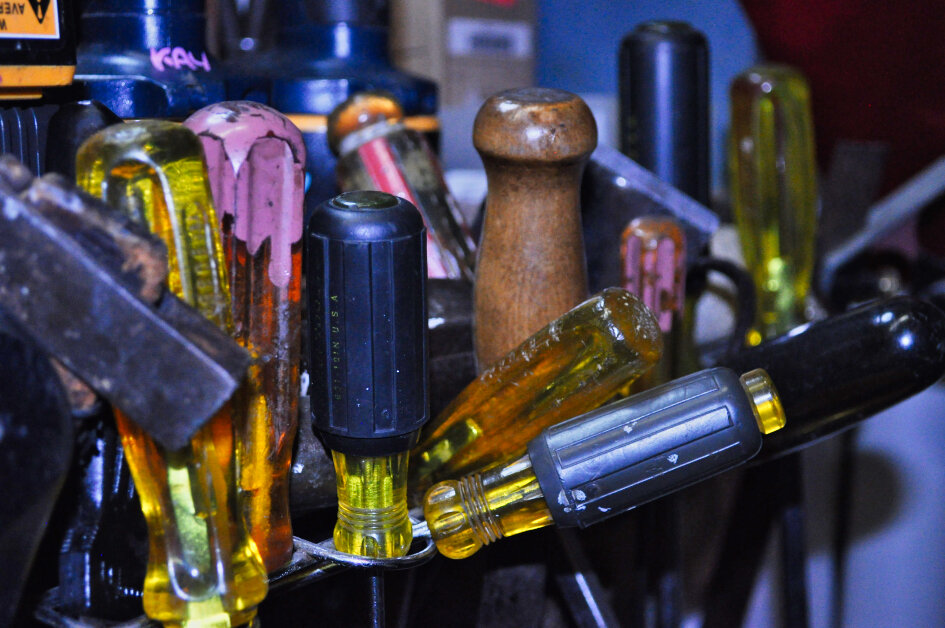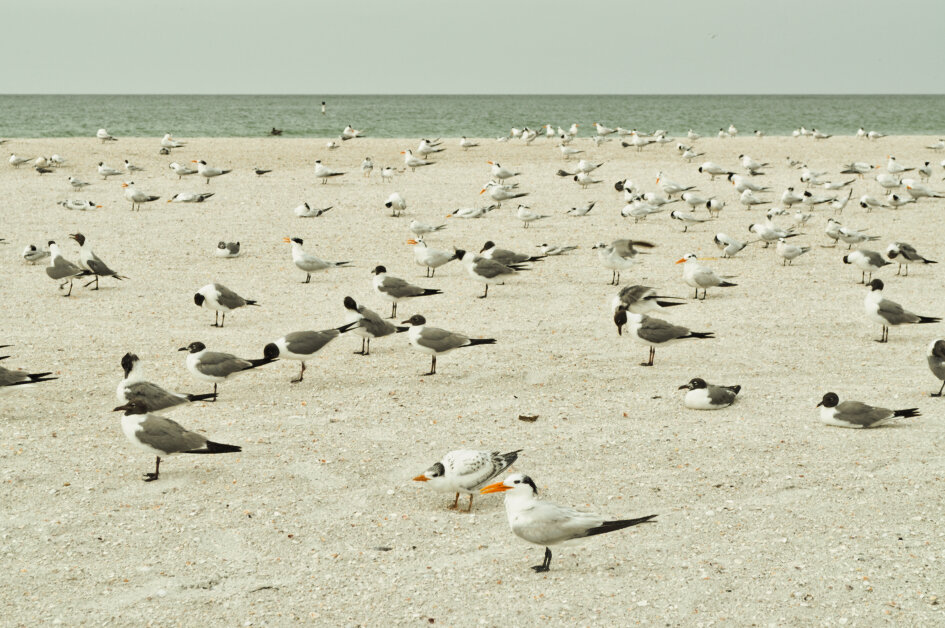Do You Seek Success, Mastery, Enjoyment, or Impact?
Or do you perhaps want a little of everything? (That’s okay!)
I was listening to an episode of Brené Brown’s Dare to Lead podcast, and for the first time ever I had a…hmm…shall I call it a quibble, with the great Brené. I want to be clear that I’m an admirer of hers, because she does good work and I am in awe of her public speaking skills. (Plus, she’s a fellow academic who uses grounded theory, an inductive research methodology that was my own preference when I was a practicing social scientist and that I now use in an adapted form for my fiction writing.) But this particular episode got me thinking.
She and her guest were discussing the difference between two goals of work: success and mastery. And I totally agreed with their assessment. Success is an outward evaluation of the value of your work. It is the rewards you receive when people like what you do. And these are fleeting, often ultimately a let-down, and can serve as a distraction from continuing to do your work. Success isn’t a continuous state; rather, it comprises moments that are soon over, and that are matched by inevitable failures along the way. Mastery is a motivator that can keep you on track through the vagaries of the success/failure binary. It’s an intrinsic goal, based on your own evaluation of the value of your work and your capacity for improvement and excellence. All that sounds good. Except.
Except, I don’t see myself in either of those choices. I’m certainly not a success-seeker, as should be obvious for anyone who has read anything on this blog. But I’m not that interested in mastery, either. I see that quest in my sister, who is a competitive cyclist. But as a writer, what would mastery even look like? I’m sure there are numerous legitimate answers to that question, but I’ve just never connected with the idea of developing mastery. Sure, I want to improve my writing, but that’s not why I do it.
Are there other choices here? Brené wasn’t saying that success and mastery are it. But in this particular conversation, they were presented in that either/or framework. I think she would agree, as an intellectually curious person, that there are perhaps other options that deserve to be included. So I thought about my own goals. The first I came up with is enjoyment. My main goal in everything I do is to enjoy myself, because I spent so many years of my life not. I don’t mean enjoyment here in the sense of fun, although I think fun matters, too. What I mean is that feeling of fulfillment in work, that combination of excitement and absorption you get when you’re doing something that feels deeply meaningful. Enjoyment, however, is about more than just personal fulfillment. It is tied to the quality of your work. When you enjoy the process of doing your work, it adds something ineffable to it: people can sense your work is personal and authentic. The honest truth is, I was never cut out for mastery, in academics or any other field. My specialty is that personal, authentic message.
And that leads me to my final addition to the work goals list: impact. Much like success is the outward manifestation of mastery, impact is the outward expression of enjoyment. When you seek meaning through work, the natural extension is a desire for it to be meaningful to others, just as it is a natural extension of mastery to want it to be recognized by others. But impact, unlike success, is lasting. While success is a benefit conferred on you, impact is a benefit you offer to others. And there’s another important difference between them. While success by its very nature is something you are generally aware of in your own life, you often don’t know the extent of your impact in others’. When I write a blog post or put out a podcast episode, I mostly don’t know its impact. Something I write or say could change someone’s life – I don’t know, and likely never will in most cases. Impact is by nature humble.
You can want all of these things, success, mastery, enjoyment, impact. But most people have one that takes precedence. Understanding which can help you learn what motivates and drives you, and it can also help you find balance. While there’s nothing wrong with desiring success, you can balance its emotional ups and downs with mastery. And while wanting to make a difference in people’s lives is great, you won’t be able to do that unless you first learn how to find meaning and enjoyment in your process.
















